Your grocery bags have been a hot topic of debate over the last several years. Should you use a paper bag? Bring your own? Or something else? A quick Google search will give you a wide range of answers, each supported with their own evidence and reasoning. So what should you do?
In this post, I’m going to go over the environmental impact of different bag options you probably have access to. From there, we’ll look at how many times you’ll need to reuse each specific bag in order to have the least environmental impact. And, that will help you determine which bag choice is best for you.
If you want a quick answer, then plastic bags are most likely to have the smallest impact on the environment provided you use them 3 or more times. But, let’s look at all the options because you likely are looking this up because you want to avoid plastic altogether. So let’s start with what bag options are out there.
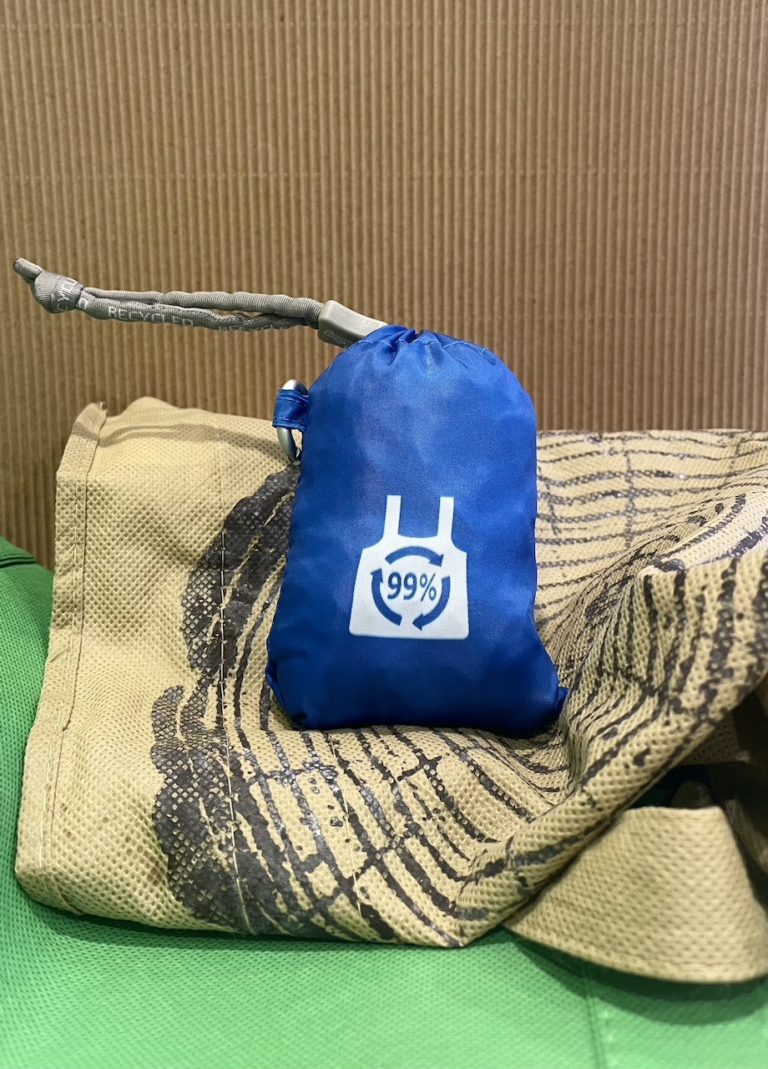
Grocery Bag Choices
These are the different bags you likely have access to:
- Paper
- Plastic (Thin)
- Plastic (Thick)
- Reusable made from Synthetic Fiber
- Reusable made from Natural Fiber
These are the simplified names I’ll be using in this article. If you decide to read any of my sources, you’ll find terms like LDPE, PET, HDPE, GWP, and more. Those can get really confusing which is why I’ve switched them out. Each study has a terms reference page in case you really want to go all in with the research.
Describing/Defining These Terms
Just like the studies do, let me explain what each of these bags are just so we’re all on the same page.
Paper – These are your run-of-the-mill paper bags. If I’m referencing recycled paper then I will mention that at the time.
Plastic (Thin) – These are also a generic plastic bag. They’re the kind you can see through and could easily pull apart. You would be able to read a label through these bags pretty easily.
Plastic (Thick) – Thick plastic bags are just that. They’re thicker than their thin counterparts and that’s really the main difference without getting into the many different letter names. You probably would not be able to read or even see through this material.
Reusable (Synthetic) – Reusable bags can be made from a ton of different materials. Some will be from recycled content, specific plastics, or other synthetic fibers. If it’s important to be more specific then I will (of course) provide all the details then. For the most part, I’ll be referencing non-woven or polyester reusable bags.
Reusable (Natural Fiber) – Generally, reusable natural fiber bags are made from cotton. Assume this term is referring to cotton bags unless otherwise specified.
Defining “Environmental Impact”
Defining environmental impact itself is pretty easy.
Environmental impact is the effect a person, product, or entity (such as a business) has on the environment.
That’s the simple part. It’s what goes into determining environmental impact that is hard.

How Is the Environmental Impact of A Bag Determined?
Everyone is going to determine environmental impact differently. Each study, researcher, blogger, reporter, etc. has their own criteria and it’s important to know what they’re looking at. That’s because there are different kinds of impact.
The environment is big, and carbon emissions are only one part of how we, humans, impact our environment. You could also consider plastic pollution as an impact, farming, fertilizing crops, and transportation (truck, ship, plane) as other variables that can factor into environmental impact.
The studies I’ve looked at for this article considered different steps in a bags production process from the farm (if it’s a natural fiber bag) to how you eventually dispose of it. So when I reference environmental impact, it’s a very broad and general understanding of the term, based on the three studies I’ve read. Those studies are going to be linked right here:
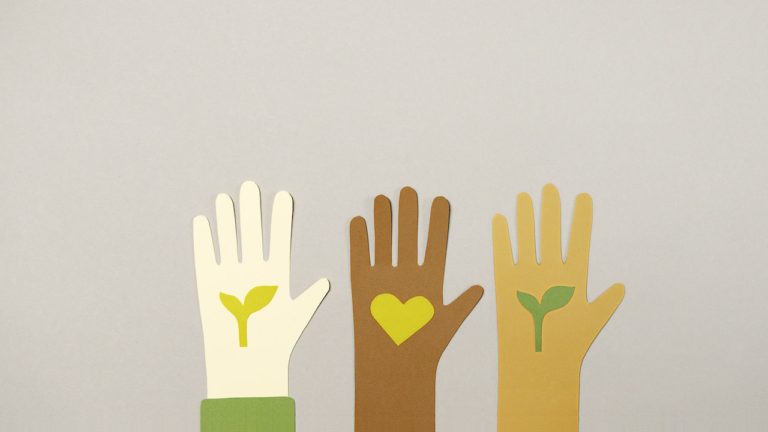
What’s the Impact of Each Bag?
So now that we’ve discussed what options you might face at the grocery store and how researchers define and approach impact, let’s look at the overall impact of the bags.
The standard for comparison amongst these bags is going to be a traditional thin plastic bag used only once. What that means is, for example, if you have to use bag A a total of 5 times to have a lower impact than plastic, then I’m comparing bag A to the impact of one thin plastic bag being used once (and not reused for any purpose).
Environmental Impact of Thin Plastic Bags
Plastic bags probably have the worst reputation out of all the bags on this list. That’s because they generally don’t degrade over time. If they do degrade, then they only break down into smaller pieces of plastic called microplastics, which are bad for everyone.
Plastic bags also got a bad name because they’re made from by-products of the oil industry.
The good side to thin plastic bags are that they are extremely light compared to any other bag choice. This makes distribution much easier and more efficient. The energy needed to produce these bags is much lower than other bags as well. Because energy in production makes up a large portion of a bags environmental impact, plastic a much stronger choice for the most sustainable bag if we just look at energy and carbon footprint. (I know, I was surprised too.)
You can significantly decrease the impact of plastic bags by reusing them as little as one time. But you’ll likely be able to get at least a few uses out of them if you don’t overload and damage them during your first use.
Environmental Impact of Thick Plastic Bags
Similar to it’s sibling, thick plastic bags also have the same pros and cons. Only, because they’re thicker they are also a little bulkier and heavier to distribute which means they’re responsible for a bit more energy consumption and carbon emissions.
Still, the overall initial impact on the environment is smaller than paper or cotton. That means you don’t have to reuse it as much as paper or cotton bags in order to have a very low environmental impact overall. You just need to reuse thick plastic bags more times than thin plastic bags.
To have a lower environmental impact than thin plastic bags, use thick plastic bags at least 5 times.
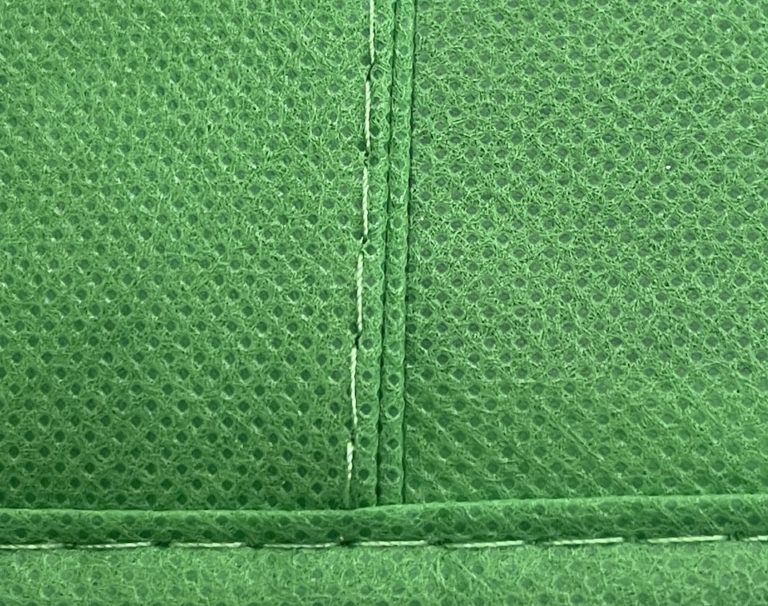
Environmental Impact of Synthetic Reusable Bags
Generally, a synthetic reusable bag is referred to as a “NWPP.” This stands for non-woven polypropylene. An NWPP bag is going to be your general reusable grocery bag that you’ll find near checkout for around 50 cents to $1 (USD), I have a close up of an NWPP above.
This is where numbers start to look different in various studies. The Denmark study says you should use NWPP bags about 52 times to account for all the factors that go into making the bag. The UK study says you should use them about 14 times.
So to be safe, I’d recommend sticking to the higher number here and aiming for at least 52 uses. If 14 turns out to be the minimum number of resuses and you used it 52 times, then all you’ve done is lived even more sustainably. I like that rather than using bags 14 times and later finding out that it should have been 52 reuses all along, and you’ve had a larger environmental impact than you wanted.
Environmental Impact of Paper Bags
Paper bags are generally thought of as sustainable because they are recyclable, compostable, and come from trees. It’s true that many paper bags can be composted and can easily be recycled. However, paper bags actually have a dark side too.
The production process for paper bags uses a lot of resources and energy, making paper bags the least sustainable choice for almost all consumers. Studies estimate that a paper bag needs to be used as few as 4 times, to as many as 43 times, in order to have the same or lower environmental impact compared to a thick plastic bag.
Unfortunately, because paper bags aren’t very durable, it’s unlikely anyone could use them 4 times, let alone 43 times.

Environmental Impact of Natural Fiber Reusable Bags
Cotton bags are the most common natural fiber bag and they are extremely unlikely to be eco-friendly at all. That’s because of how many times they have to be reused. Cotton is a crop and that means there’s a massive amount of materials that go into just growing the cotton we need in order to get the final product. Materials like tractors, plows, irrigation systems, water, fertilizer, and more.
The bag is also a heavy product which means distribution and transportation are going to have a larger environmental impact as well. And if you think buying organic is better, it’s not. Organic cotton tends to have a larger environmental impact than non-organic cotton.
The UK study says a cotton bag needs to be reused about 175 times in order to have an environmental footprint similar to a plastic bag. The Denmark study quotes a whopping 7,100 reuses if you consider all variables in production. That number only gets higher if you go for organic cotton products.
To make matters worse, the Clemson study says the majority of NWPP bag owners and LDPE (plastic) bag owners are not reusing their bags enough times to equal the impact of a thin plastic bag. That means those bag owners have a larger negative impact on the environment than if they just went with single-use plastic.
And because those bag owners aren’t reusing their other bags enough to have a low environmental impact, I have to assume cotton bag owners would be no different. That makes cotton bags a really bad choice if you want to have a low environmental impact.
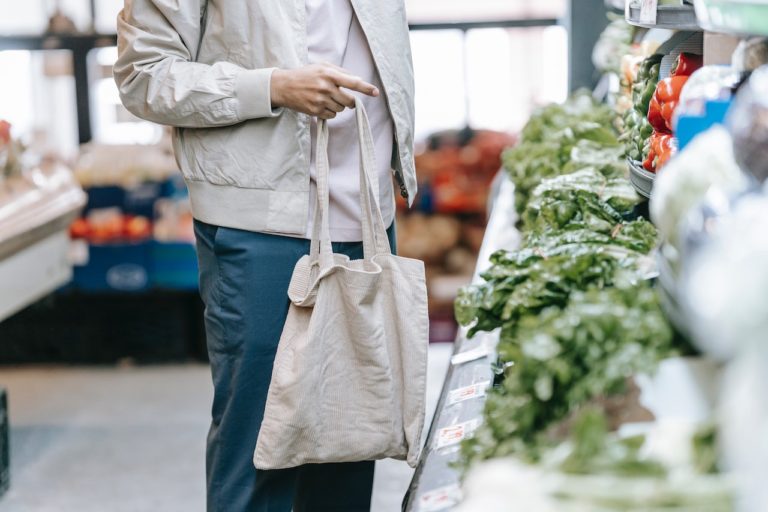
How to Approach The Numbers
This is one of those things in life that has a lot of numbers, there are different sources with different conclusions, and it’s hard to figure out which answer is the best answer. So here’s what I do.
I make a decision based on the worst number, and I do that just to be absolutely safe. For example, it’s hard to know which study’s (Denmark or UK) conclusions apply best to my life. There might be one thing that the UK didn’t include in their evaluation of environmental impact that could make all the difference in their results. Or vice versa with the Denmark study.
So I choose to live based on the highest number. For cotton that means I should plan on using any cotton tote at least 7,100 times, even though the UK study said a much smaller (but still large) amount of 175 uses. And if I choose a paper bag, I should plan on using it 43 times.
If those numbers feel out of reach, then it’s probably best to stick with the other alternatives on the list like plastic and synthetic reusables.
So Which Reusable Bag Has the Lowest Environmental Impact?
There is light at the end of the tunnel I promise. I actually have two lights for you to choose from, and here they are:
The Most Eco-Friendly Bag If Reusing A Bag Is Hard
Paper is just way too energy intensive to be sustainable. And if you struggle with reusables or just aren’t committed to reusables, then those bags won’t be used enough in your home in order to offset the resources that went into making them. With paper and reusables out of the running, plastic is your best choice for a lower environmental impact.
If you find reusing bags to be a challenge, then check out my post on remembering your bags. A lot of people struggle to remember their bags and I’ve got some really easy tips that will help you to remember them. Practice with the plastic bags and once you’ve gotten into the routine of reusing them at least 3 or 4 times, you can level up to dedicated reusables like the ones I mention in the next section.
Make sure you are using them as much as you can, ideally until they just can’t be used anymore. And then do your best to return them to a recycling bin at your store-drop off or local recycling center. This will lower the environmental impact of that bag even more.
The Most Eco-Friendly Bag If You’re Committed To Reusables
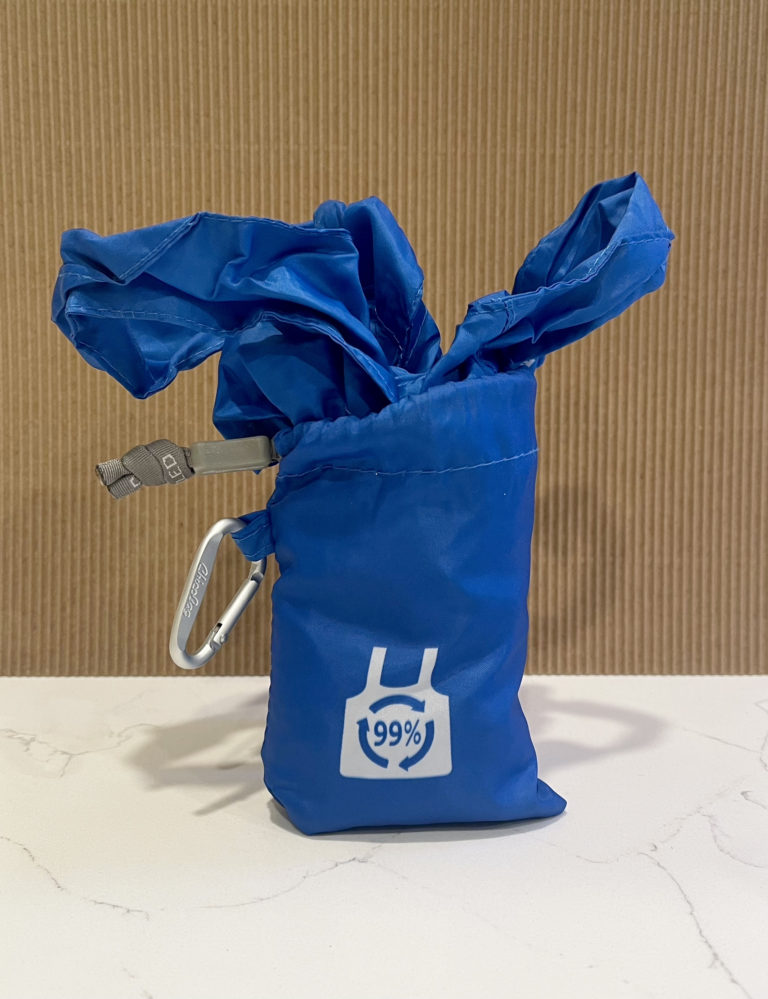
If you think, or even know, you can reuse a bag enough times then there are two bags I recommend.
NWPP Bags
The first is the NWPP (nonwoven) bag, that’s your generic reusable bag that costs around a dollar at the grocery store.
The NWPP bag needs to be used about 55 times in order to have a low environmental impact that is comparable to a single-use plastic bag. That’s not too high for most people to achieve. If you shop once a week and use it every time, you’ll easily reach 50 uses in a year. The bag can easily last that long, probably longer.
Reusable and Recycled Polyester Bags
The second recommendation I have is polyester. Reusable polyester bags are synthetic bags that have a low environmental impact if you use them around 35 times. That’s an extremely achievable number of reuses. And, these bags can also last years if you treat them right.
Polyester bags can be a little harder to find in stores, so I recommend bags like Chico bags because they’re available online and easily collapse into a hidden pouch. Collapsible bags take up almost no space in your car or your purse, which makes them more convenient than any other bag I’ve ever used (especially if I only need one or two bags at a time).
A bonus for Chico bags is that they accept used reusable bags via the mail and they repurpose them or recycle them. They call it their Zero Waste – Pay It Forward program. Even though this isn’t a traditional take-back program where the company fronts the cost of shipping for the recycling of their own products, it’s still a great option when any of your bags are no longer usable. And they accept any brand of reusable bags, not just their own.